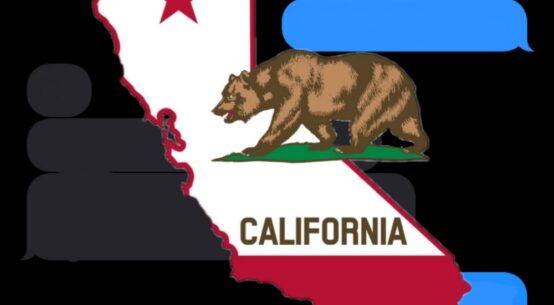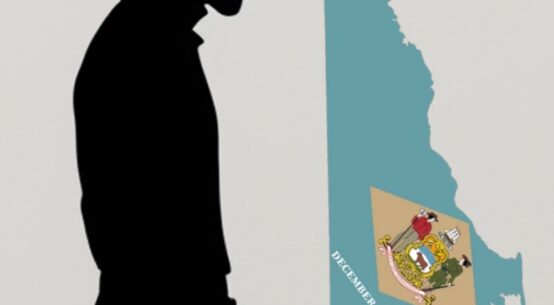Defamation Law | Pop Culture | Entertainment
Court affirms that rap battles aren’t legal battlefields when it comes to defamation claims
In a closely watched decision blending pop culture, defamation law, and First Amendment principles, a federal court has dismissed Drake’s defamation lawsuit against Universal Music Group (UMG). The ruling has far-reaching implications for both entertainment law and the evolving boundaries of artistic speech, especially in an era where personal brands, digital virality, and musical feuds increasingly intersect.
At the heart of the case was Kendrick Lamar’s explosive diss track “Not Like Us”, which features controversial lines suggesting Drake is a “certified pedophile.” While the lawsuit never named Lamar himself, Drake sued UMG for allegedly endorsing, promoting, and profiting from lyrics he argued were false, malicious, and reputation-damaging.
On October 9, 2025, Judge Jeannette A. Vargas of the Southern District of New York dismissed the case, holding that the lyrics — while pointed and provocative — were not actionable under defamation law.
The Legal Question: When Is an Insult a Legal Injury?
Drake’s legal team framed the lyrics as defamatory statements of fact made through a commercial platform with global reach. The lawsuit claimed that UMG bore legal responsibility for publishing and distributing a track that crossed from “artistic hyperbole” into “knowingly false accusations.”
But Judge Vargas disagreed, ruling that in the context of rap music, particularly within the genre of diss tracks, no reasonable listener would interpret the statements as literal or factual.
“The context here is essential,” she wrote. “Rap battles are understood by listeners as containing exaggerations, metaphor, and aggressive stylings that are part of the culture — not verifiable statements of fact.”
In doing so, the court reaffirmed key legal principles long established in U.S. defamation jurisprudence:
- Opinion is protected speech, even if offensive or damaging.
- Context matters — genre, tone, and audience expectation can transform the meaning of speech.
- Intent to defame must be supported by evidence of actual malice when a public figure is involved.
Drake, a global superstar and public figure, faced a particularly high bar. To prevail, he would have needed to prove that the lyrics were both false and made with actual malice — that is, knowledge of their falsity or reckless disregard for the truth.
Artistic Freedom vs. Reputational Harm
While the ruling may feel like a legal loss for Drake, it’s being hailed in entertainment law circles as a strong affirmation of artistic freedom.
“This case protects creative license in performance art,” said Nadia James, an entertainment litigator in Los Angeles. “If diss tracks could be grounds for defamation, the entire history of hip-hop would be in legal jeopardy.”
Indeed, the decision builds on a growing body of case law protecting artists from lawsuits over satirical, metaphorical, or performative speech, particularly in musical genres that rely on provocation and exaggeration. From Eminem’s early legal battles to more recent cases involving TikTok influencers and podcast hosts, courts have consistently emphasized that not all offensive speech is defamatory.
Why UMG Was Named — and Why It Didn’t Stick
Notably, Drake did not sue Kendrick Lamar himself, but rather targeted UMG, Lamar’s label and distributor. This choice reflects a strategic shift: aiming at the corporate infrastructure that enables mass distribution.
Drake’s legal theory was that UMG, in actively promoting the track, was commercially complicit in reputational harm, even if it wasn’t the originator of the lyrics. The court rejected this theory, stating that merely distributing or amplifying an artist’s expression — absent editorial control or factual misrepresentation — does not create publisher liability under defamation law.
This aligns with past decisions involving record labels, social media platforms, and publishers, where courts have held that secondary liability is limited unless there is clear participation in the creation or endorsement of false statements.
Cultural Context: Courts Catching Up with Hip-Hop Norms
This case also highlights a growing judicial willingness to engage with cultural nuance in evaluating legal claims. In previous decades, courts often misunderstood rap as literal or inciteful. But as hip-hop has become a global mainstream genre, legal reasoning has evolved.
Judge Vargas’s ruling reflects this shift, citing not just legal precedent but also genre conventions and audience expectations.
“No listener familiar with the conventions of the diss track genre would reasonably conclude that the lyrics were intended as factual accusations,” the opinion stated.
This matters beyond rap: it shows courts becoming more literate in cultural expression and genre-specific norms, whether in comedy, satire, spoken word, or musical performance.
Legal Takeaways
- Diss Tracks Are Legally Protected — Most of the Time
Courts will continue to shield artistic expression unless it contains clear, provable false statements presented as fact. - Public Figures Face High Defamation Bars
Drake’s fame worked against him here. As a public figure, he had to meet the “actual malice” standard — a hurdle few plaintiffs can clear. - Record Labels Are Not Easily Liable
UMG’s role in distributing the song was not enough to make it responsible for its content. This offers reassurance to labels, platforms, and publishers facing similar claims. - Legal Strategy Should Account for Cultural Context
Future plaintiffs in entertainment-related defamation cases will need to demonstrate not just harm, but a context that supports literal interpretation, something increasingly difficult in performative media.
What’s Next?
Drake’s legal team has signaled an intent to appeal, but the likelihood of reversal appears slim. The decision is firmly grounded in First Amendment law and reflects decades of defamation precedent.
Meanwhile, the ruling sends a clear message to artists and labels alike: the law continues to respect the boundary between lyrical provocation and actionable defamation. In a world where music and branding are increasingly inseparable, that boundary may be uncomfortable — but it remains legally sound.






